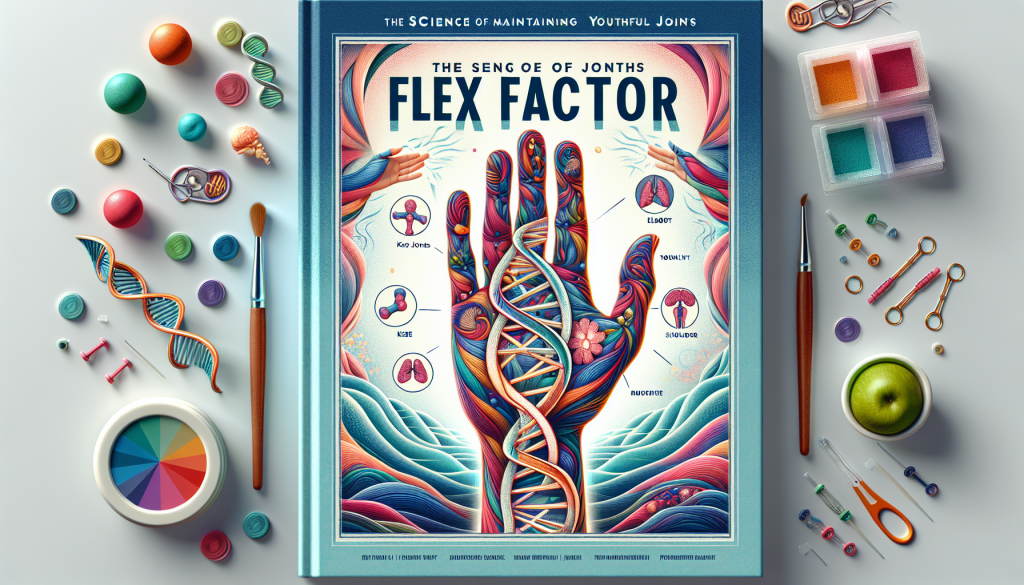
Flex Factor: The Science of Maintaining Youthful Joints
FLEX FACTOR: THE SCIENCE OF MAINTAINING YOUTHFUL JOINTS
In a world where we are constantly on the move, our joints play a crucial role in keeping us active and agile. However, as we age, our joints begin to show signs of wear and tear, which can lead to discomfort and reduced mobility. This is where the importance of maintaining youthful joints comes in. In this article, we will explore the concept of Flex Factor and understand the science behind keeping our joints healthy and flexible.
The Role of Joints in Our Body
Joints are the connective tissues that hold our bones together and allow us to move freely. They act as shock absorbers, reducing the impact of movement on our bones. Thanks to our joints, we can bend, twist, and turn without any difficulty. However, as we age, the cartilage in our joints starts to wear off, and our joints become less flexible, making movements painful and challenging.
The Flex Factor
Flex Factor is a term used to describe the flexibility and mobility of our joints. Simply put, it is the ability of our joints to move freely and without restrictions. Maintaining a high Flex Factor is essential for overall joint health and longevity. The more flexible our joints are, the better they can withstand daily wear and tear.
The Science Behind Maintaining Youthful Joints
To understand the science of maintaining youthful joints, we need to delve deeper into the structure of our joints. Joints are made up of cartilage, synovial fluid, ligaments, and tendons. Cartilage acts as a cushion between our bones, while synovial fluid lubricates the joints, keeping them well-nourished and healthy. Ligaments and tendons provide stability and support to our joints.
As we age, the production of cartilage and synovial fluid decreases, resulting in stiff and painful joints. The key to maintaining youthful joints lies in promoting the production of these essential components through proper exercise and nutrition. Regular physical activity, such as walking, swimming, and yoga, can help improve blood flow and nutrient delivery to the joints, thus promoting cartilage and synovial fluid production.
Furthermore, including anti-inflammatory foods in our diets can help reduce joint inflammation, a common cause of joint pain. Foods rich in omega-3 fats, such as salmon and chia seeds, and antioxidants, like berries and leafy greens, can help reduce inflammation and promote joint health.
Additional Tips for Maintaining Youthful Joints
Besides exercise and proper nutrition, there are other ways to maintain a high Flex Factor and keep our joints youthful. These include maintaining a healthy weight, avoiding repetitive movements, using proper techniques while lifting heavy objects, and wearing comfortable and supportive shoes.
Conclusion
In conclusion, our joints are vital for our mobility and overall wellbeing. As we age, it is important to pay attention to maintaining a high Flex Factor to keep our joints healthy and pain-free. Through regular exercise, proper nutrition, and healthy lifestyle habits, we can improve the flexibility and longevity of our joints, allowing us to continue living an active and fulfilling life. So, keep your Flex Factor in check and enjoy healthy, youthful joints for years to come.